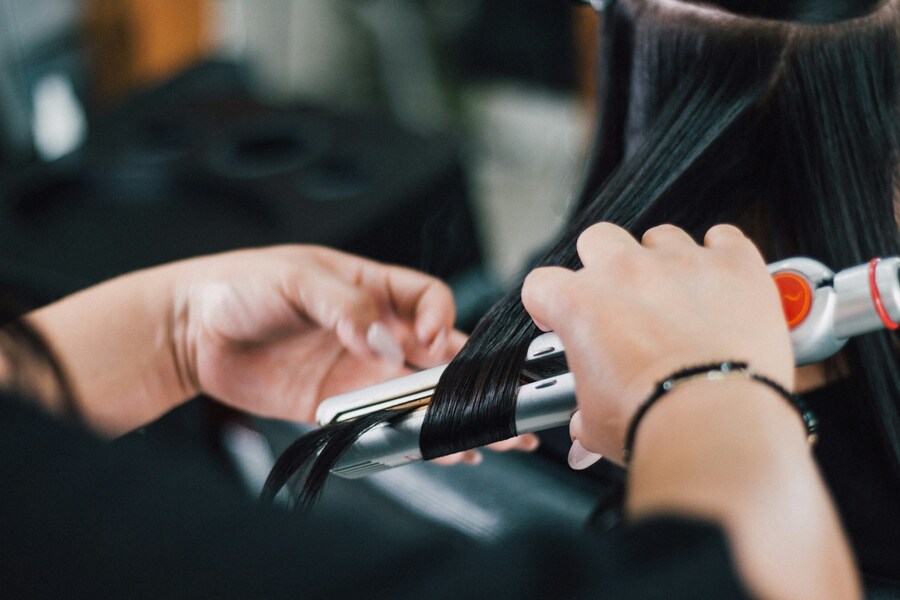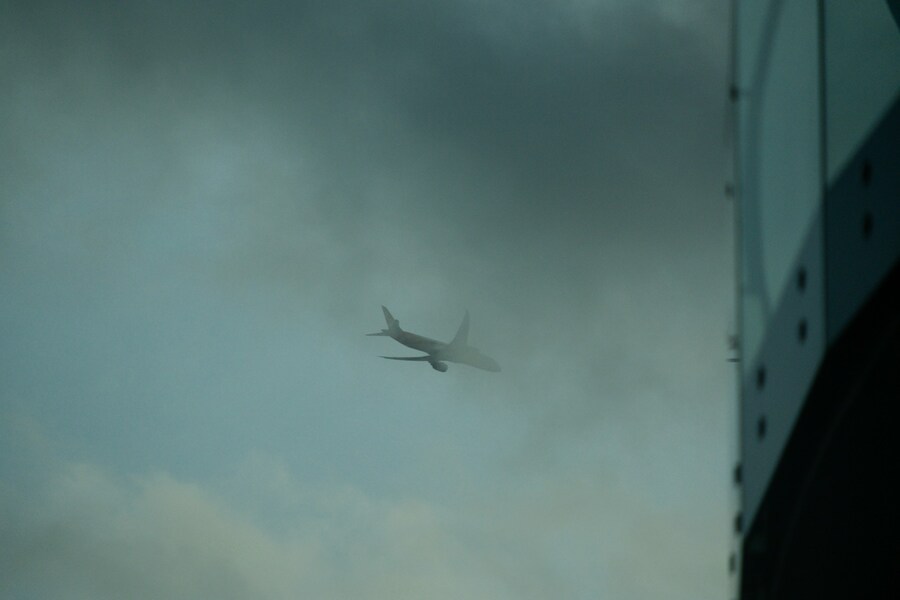Planning a much-needed escape, perhaps to a sun-drenched beach or a bustling metropolis? The anticipation of packing can often be overshadowed by the anxiety of navigating airport security, particularly the ever-evolving regulations set by the Transportation Security Administration (TSA). While many travelers are familiar with the rules concerning liquids and sharp objects, recent updates have targeted seemingly innocuous items – personal care products – that, under the pressurized environment of an airplane's cargo hold, can transform from convenient gadgets into potential hazards. These shifts in policy reflect a proactive approach by aviation safety bodies to minimize the risk of fire and accidental activation mid-flight. Before you seal your suitcase and head out, it's crucial to know which common items are now strictly prohibited from your checked baggage to ensure a seamless security experience and prevent the confiscation of your personal belongings. A well-informed traveler not only speeds up their own journey but contributes to the safety of everyone onboard. Time to cut to the chase!
Are your high-tech gadgets and styling tools creating a fire risk in the cargo hold?
.jpg)
Source: Google Search
The evolution of personal electronics and beauty tools, while offering unparalleled convenience at home, introduces new complexities when transported in the confined, often bumpy, conditions of an aircraft's cargo area. The primary concern fueling the latest restrictions centers on items that contain volatile materials, such as gas cartridges or high-density lithium batteries, which carry an inherent risk of unexpected ignition or thermal runaway. When stowed in the hard-to-access cargo hold, any incident involving these materials becomes significantly more challenging to contain than if they were located within the cabin. Consequently, the TSA has focused on reclassifying certain items to ensure they remain within arm's reach of the passenger or crew. Moreover, planning your trip extends beyond what you pack; it involves managing the logistics of getting to the airport. For those driving, finding reliable and affordable airport parking services is essential, and sites like ParkingNearAirports.io often provide excellent options, helping travelers lock in great parking discounts instead of worrying about exorbitant airport parking charges per day upon arrival. Ensuring a smooth start to your journey, from checking in to parking your vehicle, sets the stage for a relaxing trip.
A fuzzy dilemma
One of the most recent and perhaps surprising additions to the list of banned checked items involves personal hairstyling devices. Specifically, the TSA has imposed a complete prohibition on any cordless curling irons containing a gas cartridge, along with any butane-fueled curling irons or similar cordless flat irons. This regulation doesn't extend to checked bags by happenstance; it's a calculated measure against the risk of accidental activation. Picture a checked suitcase being jostled during loading or experiencing turbulence in the cargo hold. The movement could, in theory, cause the switch on a cordless iron to be inadvertently flicked, powering on the device. If the heating element remains engaged and comes into contact with other combustible materials in the bag, the potential for a fire within the cargo area is dramatically heightened – a scenario with grave safety implications.
Crucially, this ban is only for checked luggage. Passengers are still permitted to travel with these specific types of irons, one per person, but they must be carried onboard in a carry-on bag. This adjustment in placement serves a vital safety purpose: if the device were to accidentally power on while the aircraft is in motion, the passenger or a flight attendant would be able to quickly access the carry-on and switch the device off, mitigating any fire risk. For the irons to be permissible in the cabin, they must be equipped with a securely fitted safety cover that acts as a physical barrier to prevent the heating element from accidentally engaging. Should a cordless iron of this nature be discovered in a checked suitcase during the security screening process, travelers should fully anticipate its immediate confiscation by a TSA agent.
It's important for travelers to differentiate between the various types of styling tools. The restriction is solely focused on the gas/butane-powered, cordless varieties. Traditional electric curling irons or flat irons – those that require a standard wall outlet connection to operate – are entirely unrestricted by this new rule and can continue to be packed freely in either checked or carry-on baggage. However, the restrictions extend further than just the device itself. Under no circumstances are gas refills or spare cartridges for these cordless irons permitted on an aircraft. Whether placed in a checked suitcase or a carry-on bag, these small canisters contain potentially hazardous and combustible gases, making them a significant fire risk and thus completely prohibited from air travel.
Keeping your device safe

Source: Giselle Lazcano/Unsplash
The regulatory shifts impacting styling tools underscore a broader lesson in travel preparedness: taking proactive steps to secure your personal devices can be just as important as knowing the rules. Even though the probability of a personal appliance causing a serious issue is statistically low, embracing a 'better safe than sorry' mindset is always advisable when flying. For instance, if you are bringing an approved corded or even an eligible cordless iron in your carry-on, you might consider investing in a heat-resistant silicone pouch or mat. These highly affordable products are specifically designed to safely encase hair straighteners or curling irons, providing a robust layer of protection.
In the event that the device were to somehow activate inside your luggage – despite safety covers and other precautions – the heat-resistant material acts as a safe buffer. It effectively contains the heat within the pouch, minimizing the risk of thermal damage to surrounding clothes or other items. Beyond this, these pouches also serve a dual function for travelers on the go, allowing you to pack the appliance immediately after use without having to wait for it to cool down completely, saving valuable time during a quick morning hotel checkout. While this extra layer of protection isn't mandatory, it reflects a conscientious approach to packing, demonstrating a commitment to safety that goes beyond merely complying with the minimum TSA requirements.
More items TSA says no to
The scrutiny of gas-fueled devices isn't the only recent expansion of prohibited checked items. A parallel, and arguably more widespread, set of regulations targets devices powered by lithium batteries. These high-energy-density batteries, which are ubiquitous in modern life, power everything from cell phones and laptops to portable chargers and power banks. The core issue with lithium batteries is their potential for a dangerous malfunction known as thermal runaway, which can lead to rapid overheating, the emission of smoke, and even fire. Statistics underscore the risk; the number of incidents involving lithium batteries producing smoke or catching fire on aircraft has necessitated a firm policy response.
Recognizing the difficulty of addressing a fire deep within the aircraft's cargo hold, the TSA has mandated that all spare or uninstalled lithium batteries must be placed exclusively in a passenger's carry-on bag. This rule extends to portable charging devices and power banks, which must also travel with the passenger in the main cabin. The logic is simple yet vital: should a battery enter thermal runaway, it's far easier for a passenger or a trained flight crew member to recognize the issue, monitor the situation, or use specialized fire suppression equipment (like a fire-containment bag) if the device is within the accessible cabin environment, rather than stowed away.
To further clarify, the TSA has addressed common points of confusion on social media platforms, highlighting that the rule applies to any device that contains an installed lithium battery and might "buzz" or operate independently. This includes the increasingly common electric toothbrushes and certain handheld massaging devices. If an electric toothbrush has a non-removable, installed lithium battery, it should, ideally, be packed in your carry-on luggage. If you happen to be traveling with an older model that uses spare, uninstalled lithium batteries, such as AA or AAA lithium-ion batteries, these must be placed in your carry-on bag. These policies aren't designed to complicate travel but to ensure that potential, albeit rare, fire hazards are located where they can be quickly managed by trained professionals, safeguarding all passengers and crew during the flight.
Conclusion

Source: Semyon Borisov/Unsplash
Preparing for air travel in today's world requires more than just checking a weather forecast and printing a boarding pass; it demands an understanding of sophisticated and constantly updated security regulations. The recent decision by the TSA to prohibit specific cordless, gas-cartridge-powered beauty tools and to strictly regulate the placement of lithium batteries in checked luggage reflects a serious commitment to mitigating fire risks aboard commercial aircraft. For the modern traveler, this means a final, crucial check of your packed items against the official guidelines. Ensure that any butane-powered styling tools and all power banks are safely stowed in your carry-on luggage, complete with appropriate safety covers, and that any spare batteries are individually protected. A smooth and incident-free journey begins not just with the excitement of the destination but with the diligence demonstrated in the packing process. May your travels be safe, smooth, and full of wonderful memories!






